I have developed a DAC-based signal generator board that I want to use to generate sine waves of different amplitudes and frequencies. The board was working but unfortunately, the digital-to-analog glitch of my initially chosen DAC, the DAC8830 from TI, seriously degraded the signal quality.
Fortunately there is a pin-compatible DAC from Analog Devices, the AD5541 that has similar specs but a way lower digital-to-analog glitch (1.1nV-s instead of 35nV-s.)
I ordered this chip, desoldered the DAC8830 and inserted the AD5541 instead. The glitch is now barely visible but unfortunately my precision voltage reference, the REF6250 from TI, has become unstable and I have absolutely no clue why.
Here's the schematic of my DAC front-end:
Here's the schematic of the voltage reference:
Here's the oscilloscope screenshot of the unstable reference:
Has anybody an idea what I am missing here?
The reference was stable before and I only changed the DAC and nothing else. The "reference input" specifications of both chips is almost identical.
EDIT: PCB-Layout
My PCB has 4-Layers with the Stackup (Top to Bottom): Signal - Ground - Power - Signal(Ground)
Here's a detail view of the DAC and the reference on the top layer:
 Please note, that the 68pF capacitor C52 was included afterwards across the terminals of R12.
Please note, that the 68pF capacitor C52 was included afterwards across the terminals of R12.


